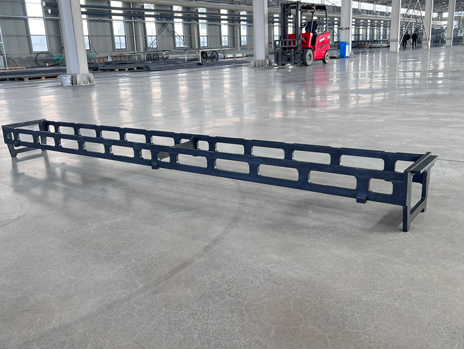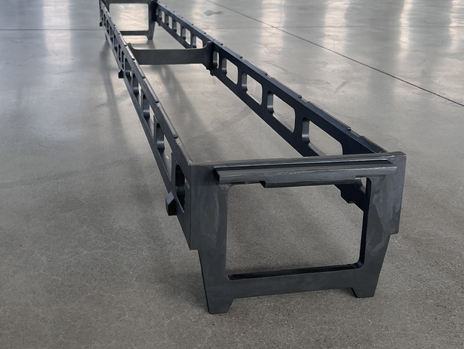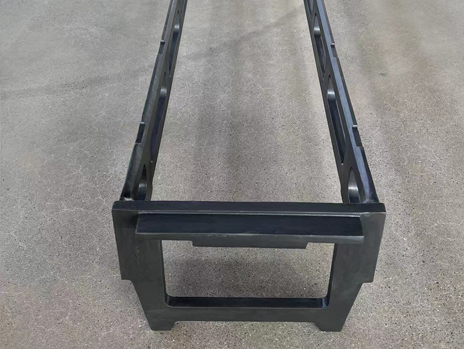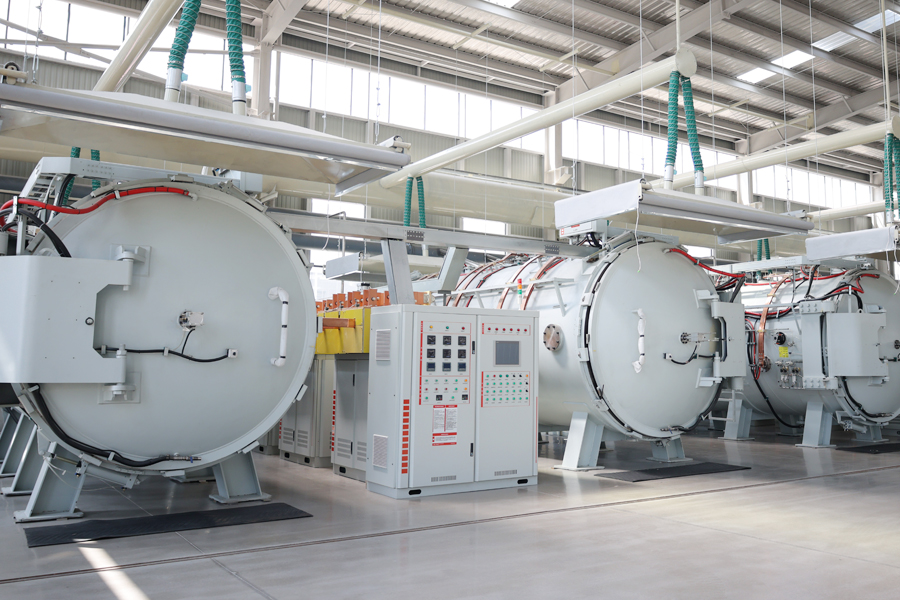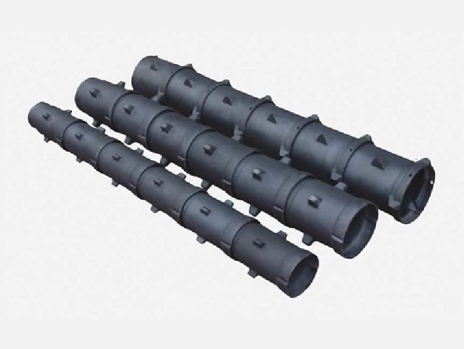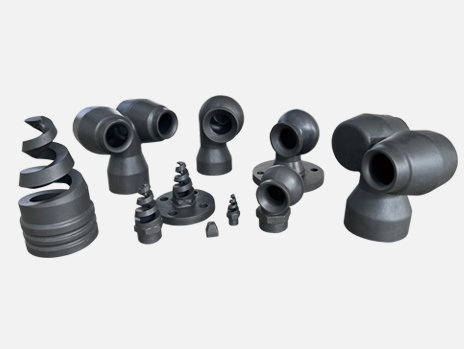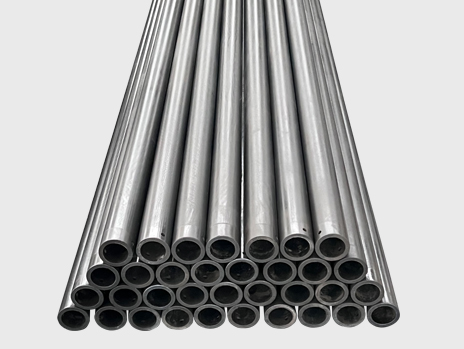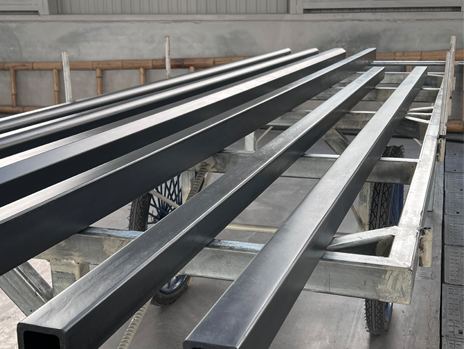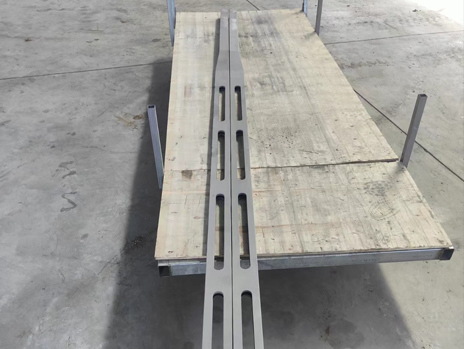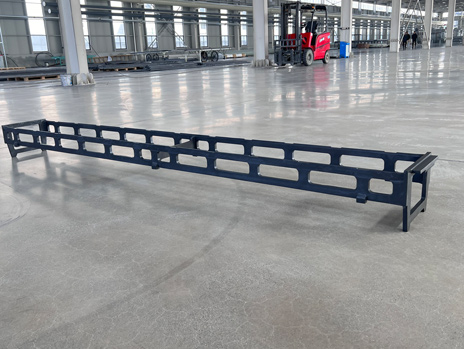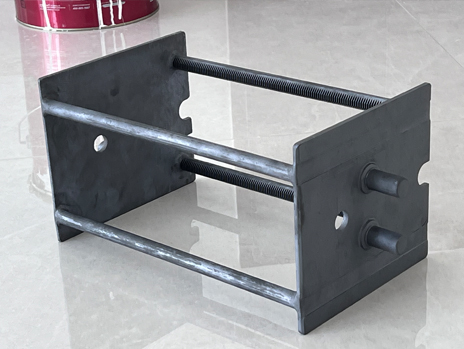Silicon carbide (SiC) is a highly promising semiconductor material that has become a key material in the field of high-voltage power supplies due to its unique physical and chemical properties. This article will discuss in depth the application of silicon carbide in high-voltage power supplies and the many advantages it brings.
I, the basic characteristics of silicon carbide
Silicon carbide is a wide bandgap semiconductor material with excellent thermal conductivity, high breakdown field strength, high saturation electron drift rate and high temperature stability. These characteristics make it excellent in high temperature, high voltage and high frequency applications.
1. Wide bandgap
Silicon carbide has a bandgap width of approximately 3.0-3.2 eV, which is much wider than conventional silicon (Si) semiconductor materials (1.1 eV). This allows silicon carbide devices to operate at higher voltages with reduced leakage current.
2. High breakdown field strength
The breakdown field strength of silicon carbide is about 10 times that of silicon, at 2.8 MV/cm, which means that silicon carbide devices can withstand higher voltages without breakdown, thus improving the device's voltage withstand performance.
3. High Thermal Conductivity
Silicon carbide has a thermal conductivity of about 4.9 W/cm-K, about three times that of silicon. This gives silicon carbide devices better thermal performance in high power, high temperature environments, thus improving device reliability and lifetime.
4. High saturation electron drift rate
Silicon carbide has a saturation electron drift speed of about 2×10^7 cm/s, about twice that of silicon. This enables silicon carbide devices to achieve faster switching speeds and higher operating frequencies in high-frequency applications.
II, silicon carbide in the application of high-voltage power supply
Silicon carbide in high-voltage power supply applications are mainly reflected in the following aspects:
1. High-voltage rectifier
High-voltage rectifier is an important component in high-voltage power supply, responsible for the conversion of alternating current (AC) to direct current (DC). Conventional silicon rectifiers are prone to breakdown in high voltage environments, while silicon carbide rectifiers are able to work stably at higher voltages and temperatures due to their high breakdown electric field strength and high thermal conductivity, thus improving rectification efficiency and reliability.
2. High voltage switch
High-voltage switches are another key component in high-voltage power supplies and are used to control the on-off of the current. Silicon carbide high-voltage switches have higher switching speeds and lower switching losses, which can significantly improve the efficiency and response speed of power supplies. In addition, silicon carbide switches also have higher voltage resistance and longer service life.
3. High-voltage inverters
High-voltage inverters are used to regulate voltage and frequency to adapt to different power needs. Silicon carbide inverters are able to provide more stable voltage and frequency outputs in high-voltage environments due to their high-frequency, high-efficiency, and high-reliability characteristics, thus improving the performance and adaptability of power supplies.
4. High-voltage inverters
High voltage inverters are used to convert direct current (DC) to alternating current (AC) for use in power grids or equipment. With higher conversion efficiency and lower energy loss, SIC inverters are able to provide cleaner power output in high-voltage environments, thus improving the overall efficiency of the power supply.
III, the advantages of silicon carbide high-voltage power supply
The application of silicon carbide in high-voltage power supply brings many advantages, mainly reflected in the following aspects:
1. Improved efficiency
Silicon carbide devices have lower switching losses and conduction losses, which can significantly improve the efficiency of high-voltage power supply, reduce energy loss, thereby reducing operating costs.
2. Improved reliability
Silicon carbide devices are able to work stably in harsh environments due to their high temperature, high voltage and high frequency characteristics, thus improving the reliability and service life of high-voltage power supplies.
3. Reduced size and weight
Silicon carbide devices have higher power density and can realize smaller volume and lighter weight, thus reducing the volume and weight of high-voltage power supply and facilitating the design and installation of equipment.
4. Increased switching speed
Silicon carbide devices have higher switching speeds, enabling faster current control and voltage regulation, thus improving the response speed and control accuracy of high-voltage power supplies.
5. Improved environmental resistance
Silicon carbide devices have higher temperature and voltage resistance, and are able to work stably in high temperature, high voltage and high frequency environments, thus improving the adaptability and stability of high voltage power supplies.
IV. Challenges and future prospects for silicon carbide high-voltage power supplies
Although silicon carbide has many advantages in high-voltage power supplies, its application also faces some challenges. For example, the manufacturing cost of silicon carbide devices is higher and the production process is more complex, which needs to be further optimized and improved. In addition, the reliability and stability of silicon carbide devices need to be verified and tested over time.
However, with the continuous progress of technology and growing market demand, the application of silicon carbide in high-voltage power supplies is promising. In the future, with the reduction of manufacturing costs and the improvement of the production process, silicon carbide devices will play a more important role in the field of high-voltage power supply, and promote the further development and application of high-voltage power supply technology.
Silicon carbide as a new semiconductor material, with its unique physical and chemical properties, in the high-voltage power supply shows great potential for application. With higher efficiency, higher reliability, smaller size and weight, higher switching speed and higher environmental resistance, silicon carbide devices can significantly improve the performance and adaptability of high-voltage power supplies. Despite some challenges, the application of silicon carbide in high-voltage power supplies is promising as technology continues to advance and market demand grows, bringing new opportunities and challenges to the development and application of high-voltage power supply technology.

